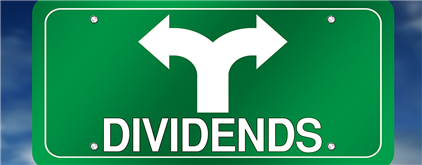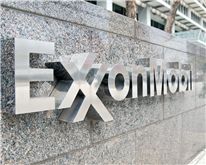The largest banks in America have each raised their dividend payments after passing the U.S. Federal Reserve’s latest stress test.
The stress test, conducted once a year, determines whether the banks have enough capital to withstand severe economic and market turmoil.
After passing this year’s test, the leading commercial and investment banks in the U.S. each announced dividend increases, with some also launching new stock buybacks.
The dividend increases include:
· JPMorgan Chase (JPM), the largest U.S. bank, has hiked its dividend to $1.25 U.S. per share from $1.15 U.S. The bank also announced a new $30 billion share repurchase.
· Bank of America (BAC) lifted its quarterly dividend payment to $0.26 U.S. from $0.24 U.S. previously.
· Citigroup (C) has taken its dividend up to $0.56 U.S. per share from $0.53 U.S.
· Wells Fargo (WFC) raised its dividend to $0.40 U.S. from $0.35 U.S.
· Morgan Stanley (MS) boosted its dividend to $0.925 U.S. from $0.85 U.S.
· Goldman Sachs (GS) increased its quarterly distribution to shareholders to $3 U.S. per share from $2.75 U.S.
This year, a total of 31 banks in the U.S. were subjected to the stress test, which dictates the amount of capital banks must hold to survive a hypothetical economic downturn.
The test conducted by the U.S. central bank found that the banks would have enough capital to continue lending in several scenarios, including a rise in unemployment, severe market volatility, and plunge in mortgage markets.
After setting aside the required capital buffer, the largest U.S. banks are now distributing the excess money they have to shareholders through dividends and stock buybacks.




